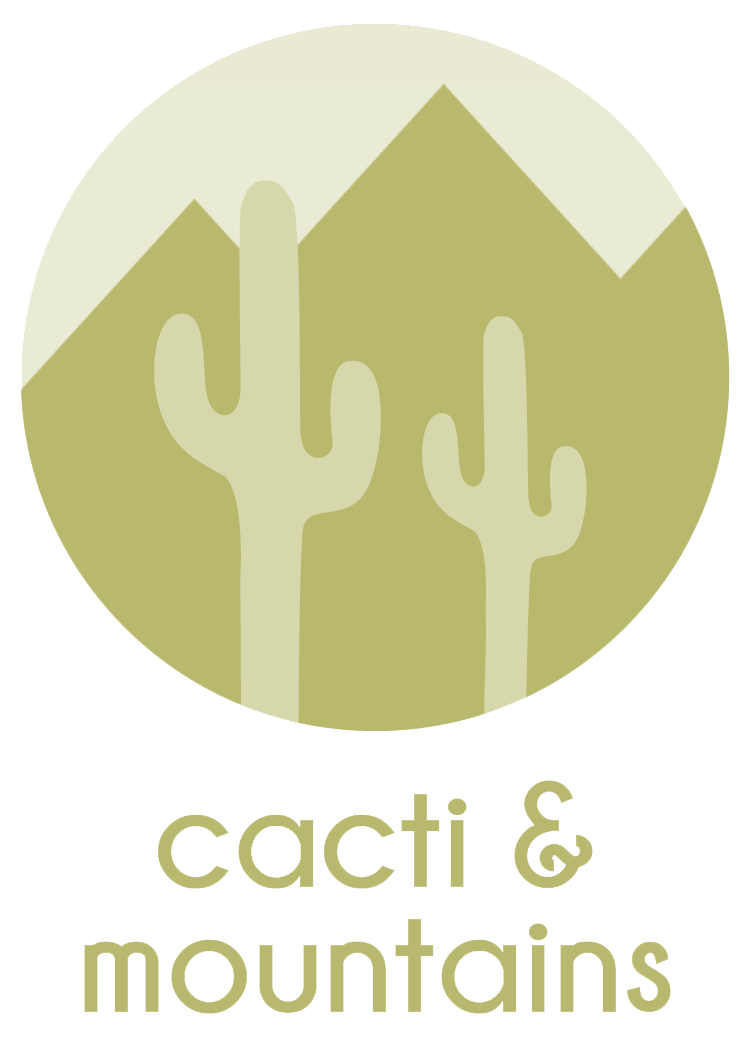Artist Colony in Jerusalem
Metal sculpture detail
When I was in Israel a couple years ago, my friend and I wandered through a sweet little artist colony tucked away in the old part of Jerusalem. We walked down a set of stairs and through an open gate of sorts onto a small, slanted street lined with shops and work-spaces for various types of craftspeople. The picture above hangs on my living room wall, and lately when I see it I wonder who the artists working there are (Are they Jewish? Muslim? Christian? Is it a place where religion doesn't matter?) and how they're faring with the recent violence. What was interesting about this place though was that it seemed very much like a community rather than a tourist area--like a place where artists had gathered to benefit from each other's creative energy.
I've never made my living as an artist or lived in a particularly artsy community, but the happiest I've been in a work-like space in the ten years since I graduated from law school was when I worked in a letterpress shop in Louisiana with Kathryn Hunter of Blackbird Letterpress.
It was the oddest thing, getting to do that. I had just moved to Baton Rouge from Bozeman, Montana, and I'd decided I wanted to learn about letterpress printing (this from reading a piece in ReadyMade magazine about a letterpress shop called Yeehaw Industries in Knoxville, which sadly has since closed). So get this. I googled letterpress printing in Baton Rouge, Louisiana, and up came the website of a girl who not only went to undergrad in Bozeman, but who also made art quilts. And I had just gotten into quilting. (The modern kind, like this.) Sometimes these coincidences astound me. So I emailed Kathryn, went to meet her, and we became fast friends. She taught me how to run her giant hand-fed printing press, and together we made invitations, cards, bird flags, and other things to sell at the Baton Rouge arts market, and we got her Etsy shop up and running. I learned so much and had such a great time.
That didn't seem like networking to me. That was just pursuing something I found interesting. If you'd asked me several years ago what I thought about networking, I'd have thrown up a little in my mouth. That word had this slimy, schmoozing connotation for me. But lately I see it completely differently--it's about connecting with people you genuinely like, who are doing work that you find interesting and respect, and keeping in touch in some way.
Even so, when my step-dad suggested I start using my network a few months ago, my first reaction was: I don't have a network. But slowly I started thinking about the people I know--even casually--who are doing things I think are really great. And since I started paying attention, I see that there are more of those than I thought. I really like the idea of consciously seeking out a network of inspirational people, and I think this can be useful in several different contexts. The most obvious is to use it to build connections to help you get a different job. But lately I've been working on building a creative network.
My lovely friend Sarah Seldomridge, who has been drawing and painting for the past ten years in Boston, (and recently had a two lady show there at Voltage Coffee & Art with her friend Amanda Laurel Atkins) has been giving me feedback and encouragement on my work. We actually set up a phone date before her show to talk about hers. And we're finding that it really helps.
Another artist friend recently asked me if I could be her artsy accountability person, and we've been emailing each other once a week to say what we plan to work on for the week and report on how last week's things went. It's been so helpful!
So whether it's for work or for fun, let's start thinking about who our people are and try to connect with them. Who knows what might happen?







































